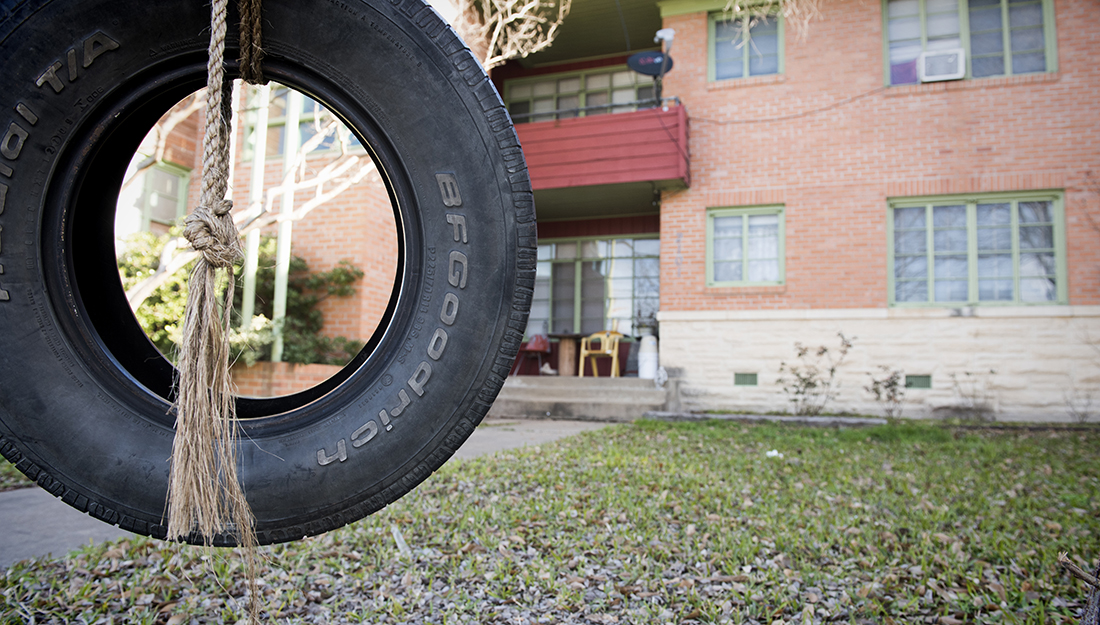Why living in a rural area could be considered a health risk

People living in rural areas face greater health challenges than their urban counterparts. It seems that simply living some distance from health care providers can create disparities in care that are difficult to overcome. “Access is the number one issue that has the most negative impact or effect,” said Jane Bolin, PhD, JD, BSN, professor at the Texas A&M School of Public Health, senior editor of Rural Healthy People 2020 and director of the Southwest Rural Health Research Center. These issues of access include lack of health insurance, as often there may be a lack of competition among insurance carriers, leading to unaffordable rates, and a lack of nearby health care providers—from doctors, nurses and emergency care to dentists and pharmacists—which leads to increased risk of illness or even death.
However, even with perhaps an obvious cause, quantifying the problem isn’t simple, and neither are the solutions. Even classifying what constitutes a rural area isn’t an easy thing, and different federal agencies have different methods. One method is the rural-urban continuum code, which classifies a metropolitan county by the size of its metro area and more rural areas by their degree of urbanization and how near they are to a metro area. There are also rural-urban commuting area codes, which give each census tract a number from one to 10, from large metropolitan areas to the most rural, based on the direction of the largest flows of commuters. The National Center for Health Statistics has their own six-level classification scheme that lists counties from “large central metro” to “non-core,” or rural areas.
“Ultimately, how we’re able to classify level of ‘rurality’ depends upon what we can drill down, which is completely dependent upon what is in the data,” Bolin said. “You might ask where to make the rural versus urban cut-points, but that too depends on what you wish to do.”
Still, there are some areas that nearly everyone can agree are rural, and people living there tend to experience a variety of health disparities.
One major problem is the trend of rural hospitals closing, leaving nearby residents further to go to receive emergency care. Such closures lead to other problems as well. “Every time a rural hospital closes it is a crises and tragedy for that town,” Bolin said. “In addition to losing the services, the small town also loses the workers, specialists, families and revenue that accompanies higher-paid workers and professionals.” Vulnerable hospitals tend to be especially common in Southern states and all states that did not expand Medicaid with the Affordable Care Act, according to Becker’s Hospital Review. Texas is an example of both.
One of the groups hurt the most by hospital closures might be new mothers living in rural areas. Texas A&M School of Public Health researchers found that rural women are more likely to be rehospitalized after giving birth—and that’s if they make it to the hospital to have their babies in the first place. “More and more rural hospitals are closing their obstetrical units because low volume, fewer doctors and nurses and performance standards make offering these services very difficult,” Bolin said. “The problem comes down to having sufficient demand to make offering the service both economically and clinically viable.” In other words, because there aren’t enough women giving birth at small rural hospitals, the staff doesn’t get the necessary practice delivering babies, which makes it more dangerous for everyone. However, this leaves some women hours from the nearest health care facility where they can have their babies safely.
The health disparities don’t end after the child is born. In fact, rural children have a higher prevalence of mental, behavioral and developmental disorders than those living in cities and suburbs, according to the Centers for Disease Control and Prevention (CDC). “Rural children have many challenges with few resources—such as psychiatrists, psychologists, social workers, and counselors—to help them or their parents find needed support,” Bolin said. “Rural school districts are not well funded, and so they likely do not have the school nurses, school counselors and psychologists to pick up on childhood mental, behavioral or developmental problems.”
In a recent study, Bolin and her colleagues listened to the concerns of rural community members themselves, who pointed out a number of problems relating to their children and adolescents, including a lack of Women, Infants and Children (WIC) services or grocery stores selling WIC-approved items. “Rural residents wish there were a greater number of formal programs for their children, from Head Start to community after school and summer programs like youth sports or Boys & Girls Clubs,” Bolin said. “They also mentioned that there seems to be a demonstrated lack of respect by adolescents towards adults, bordering on violence, and a general feeling of hopelessness.”
Texas A&M researchers are studying all of these facets, but even quantifying the problem can be difficult when rural ZIP codes are considered protected personal health information. “It can make some things difficult to research because federal agencies are very careful about releasing data sets with ZIP codes because some counties are so small that the number of people in a county with a particular disease or problem may be less than 50 and allow the person to be identified,” Bolin said. “That makes it difficult to pin down exactly what the biggest problems are, we believe we are seeing overall higher mortality rates in rural areas associated with uncontrolled diabetes, rates that are nearly double that of non-rural areas in some parts of the country.”
Just as the problems are complicated, so are the solutions, but Bolin said it all begins with focus on the issue and advocacy. “Rurality is considered to be one of the 14 biggest health disparities,” she said. “So, if someone is a minority, unemployed, poor and rural they face almost insurmountable challenge, and this is especially critical in forgotten parts of the United States like coal-mining country, rural Appalachia, Indian reservations, the Lower Rio Grande and the U.S.-Mexico border. I would point to all of these health care access issues and add hopelessness, so if we can shed light on the issue and advocate for people in these areas, we can start to make a difference.”
Media contact: media@tamu.edu


